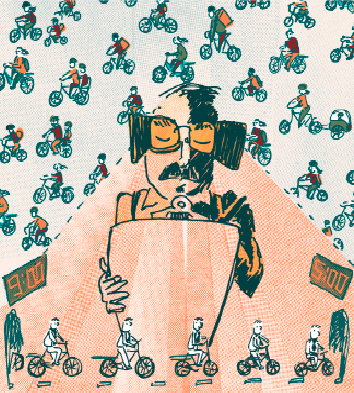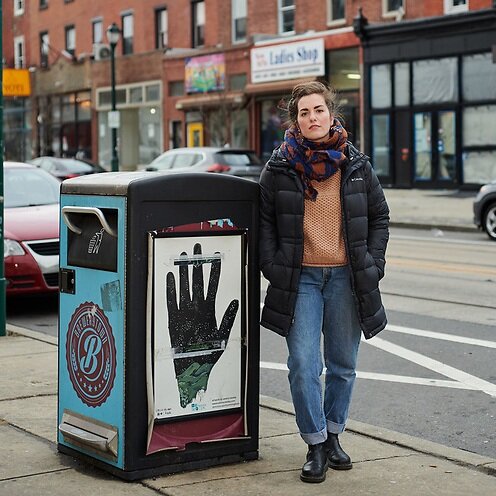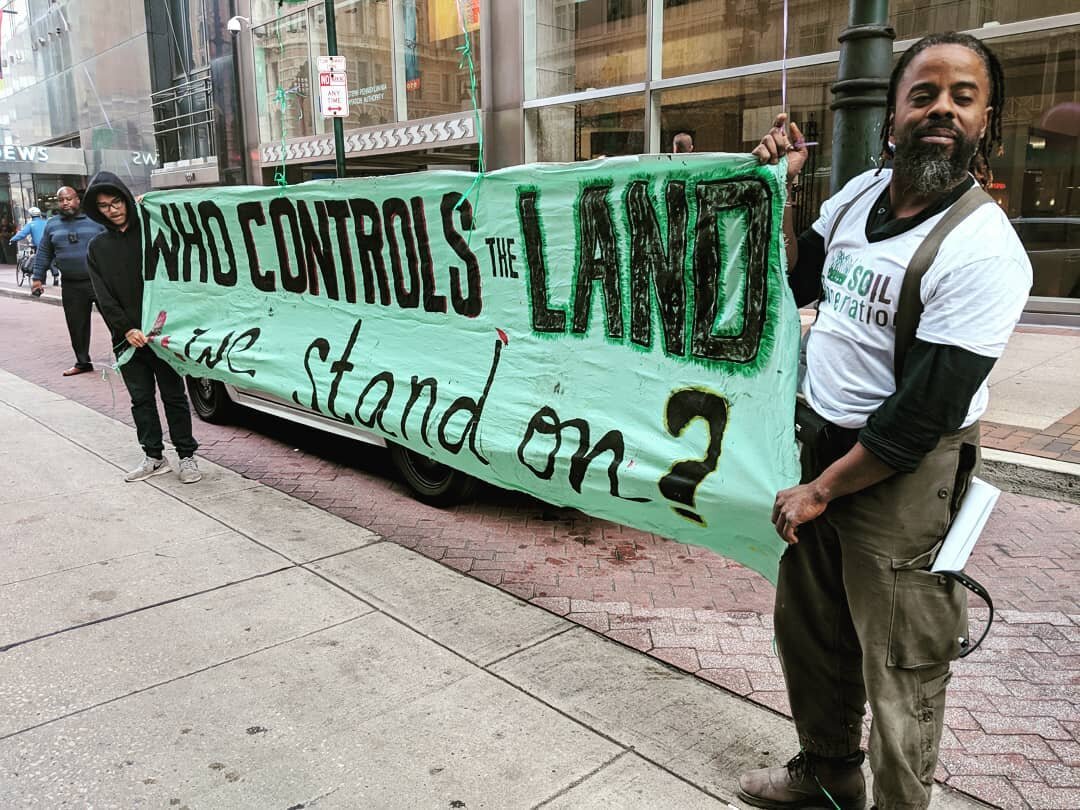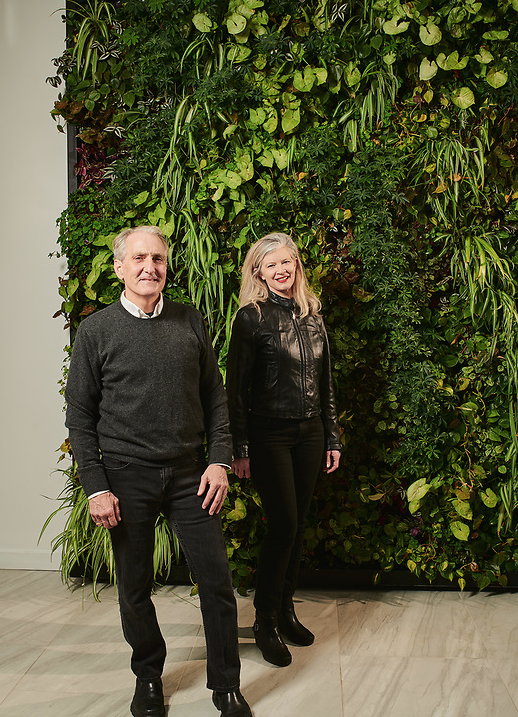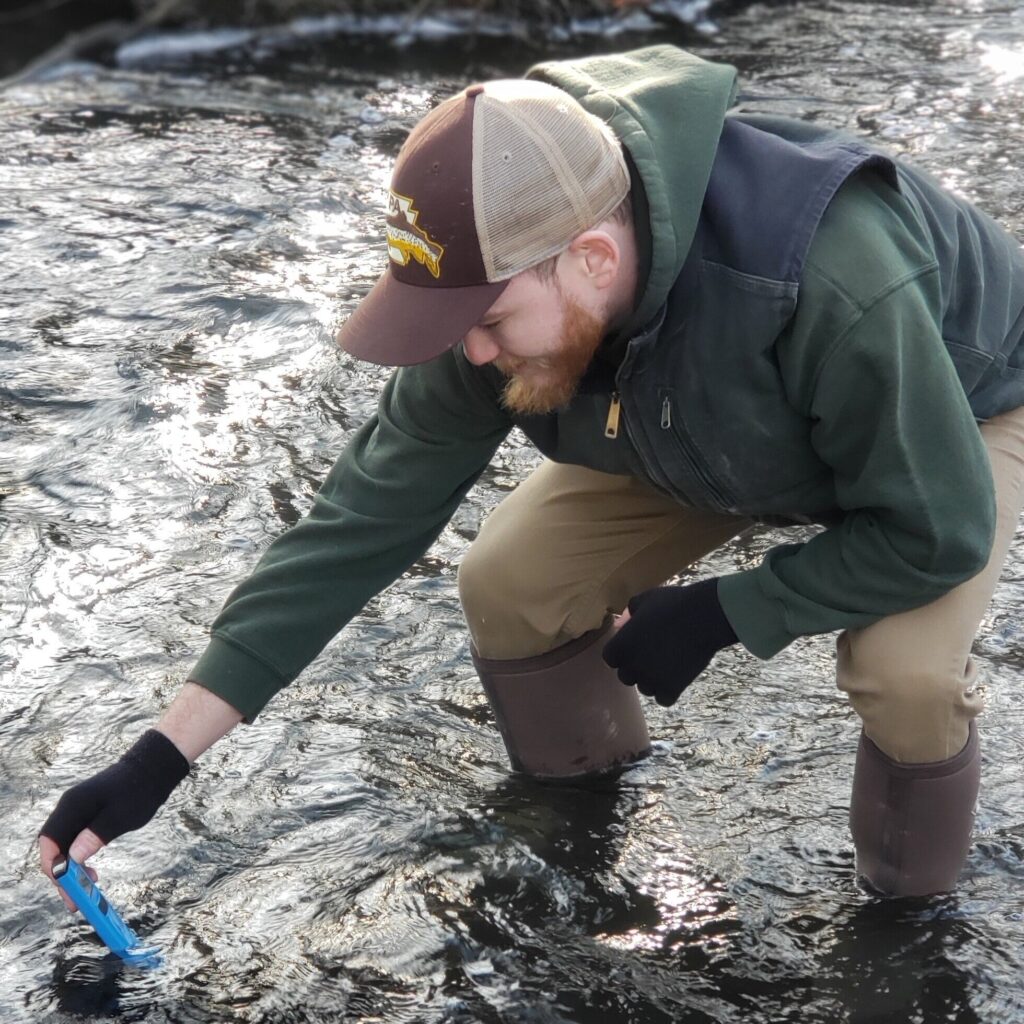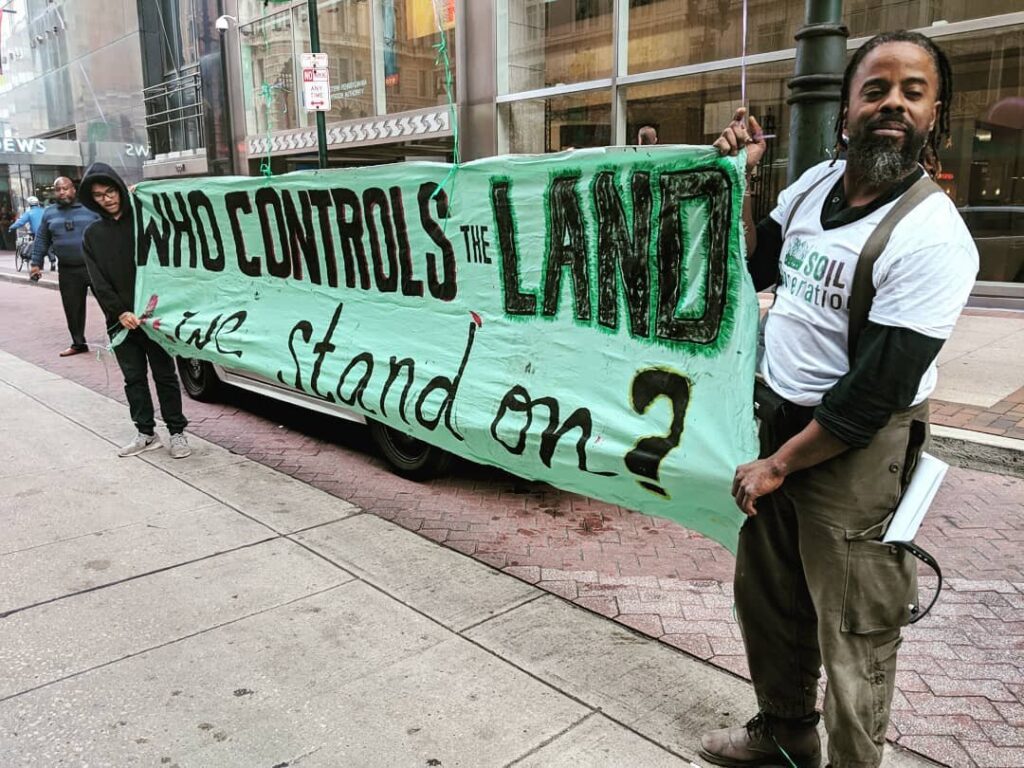Illustration by Sean Rynkewicz
By Randy LoBasso
A few months ago, some colleagues and I headed out to 11th and Federal streets in South Philadelphia on a warm November day to get some insights on the new, if controversial, bike lane. While the two-way protected bike lane, stretching from Bainbridge to Wharton, had recently been striped, physical protections had not yet been installed.
Lots of people were biking on it anyway, including a mom and two children headed home from school. The kids stopped to speak to me and said they’d used the lanes every day since they’d been installed.
It was the highlight of my day. Not only because I hope to ride a bike with my own child to and from school one day, but because all three of them felt safe enough using this new infrastructure to do so. Before this protected bike lane was initiated, it was rare to see a family riding along 11th Street—with its potholes, trolley tracks and faded bike lane stripe—on a regular basis.
Unfortunately, for families like this and the people designing and implementing new infrastructure on our streets, the U.S. Census Bureau does not count them as bike-lane users. In fact, the only data the census collects regarding bicycle transportation is in regard to participants’ work commutes.
As policy director of the the League of American Bicyclists, Ken McLeod wrote in a blog post this past September: “Bicycle commuters are only counted in the data if they use a bicycle as their primary mode of travel for their commute to work. The survey does not count bicyclists who use a bicycle for less than the majority of their trip (e.g. a short bike ride to a transit stop), bicyclists who use a bicycle for less than the majority of their work week, or bicyclists who do not use a bicycle to get to work but bike for other trips.”
Despite this, census numbers often end up determining both national bike-friendliness rankings of cities and whether more bike infrastructure is built, although they don’t represent the full extent of the bicycling population.
Work Commutes Often — Assume 9-to-5 Hours
Although some of the most consistent bike traffic can be seen during rush hour in places like Center City and along Spring Garden Street, rush hours are changing as fewer people are working regular 9-to-5 careers.
Forty percent of Philadelphians are reverse commuters, meaning they travel outside the city for work (and are very unlikely to ride a bicycle). Most U.S. workers now work in the service industry, and of the top 10 most popular jobs, eight are in the service sectors, where shift times are often inconsistent.
Leaning heavily on census data to make biking infrastructure decisions prioritizes those with jobs over parents who use bikes to commute back and forth to school with kids, notes Michelle Lee, a tech entrepreneur and cyclist in Philadelphia.
“They have a slightly different set of concerns and needs, and that’s gendered, too,” she explains.
Young cyclists are also neglected.
“Children on bikes aren’t commuters, but their trips are just as important,” tweets Richard Masoner, a Santa Cruz-based biker who regularly tweets about transportation policy under the username @cyclelicious. “Ditto college students riding or walking to class, non-employed spouses running errands or schlepping kids around.”
Even bike messengers and food-delivery workers who work for ever-expanding app-based businesses like Grubhub and Caviar are rarely considered when building out protected infrastructure, and, too often, they’re seen as a nuisance on the street.
U.S. Census Data Is Openly Flawed
The Detroit Greenways Coalition has often lamented that a high number of cyclists in its city are overlooked by the “bike friendliness” ratings of organizations such as Bicycling magazine, the League of American Bicyclists and PeopleforBikes.
As the coalition explained in a 2019 blog post: “National groups largely base their bike friendliness rating on the number of workers whose primary means of transportation to work is bicycling, which is from the Census Bureau’s ACS [American Community Survey].”
Detroit ranked poorly in these three groups’ lists in 2018—while the league gave it an honorable mention, it failed to crack the top 50 of Bicycling magazine’s list and fell in at No. 145 in PeopleforBikes’ list.
The coalition attributed this in part to the population tracts and households that are designated as Hard to Count (HTC) by the U.S. Census Bureau. A whopping 71 percent of Detroit is considered HTC.
While many people may be biking in Detroit, the census can’t get in touch with them, so the city as a whole is not considered bike-friendly, and fewer national and statewide organizations are working together to make the city a more bike-friendly place because of this.
In Philadelphia, 54 percent of our population live in HTC census tracts, according to an academic study by Boston Indicators; and about 30 percent of the population failed to return completed census forms in 2010.
Those HTC areas are also areas of highest poverty in the city and include areas of West Philadelphia, North Philadelphia and Lower Northeast Philadelphia.
What About Everyone Else?
According to the 2017 National Household Travel Survey, census data only accounts for about 20 percent of bicycle trips, which means using such data as a baseline for creating more bikeable spaces neglects various careers, genders, entire communities and people who may use a bicycle for means other than getting to and from a job.
The U.S. Department of Energy reports that 60 percent of all vehicle trips are less than six miles.
Many, if not most, of those short trips could easily be replaced by a bicycle, which would be good for the health of our communities and the environment, if only we had the data that would support making it safe to do so.
Instead of building infrastructure just for the people who work, or just based on how many people are already getting to work via that infrastructure, we should be looking at ways to increase bicycling as a means of traveling around our neighborhoods, running errands and staying healthy without having to drive to the gym.


